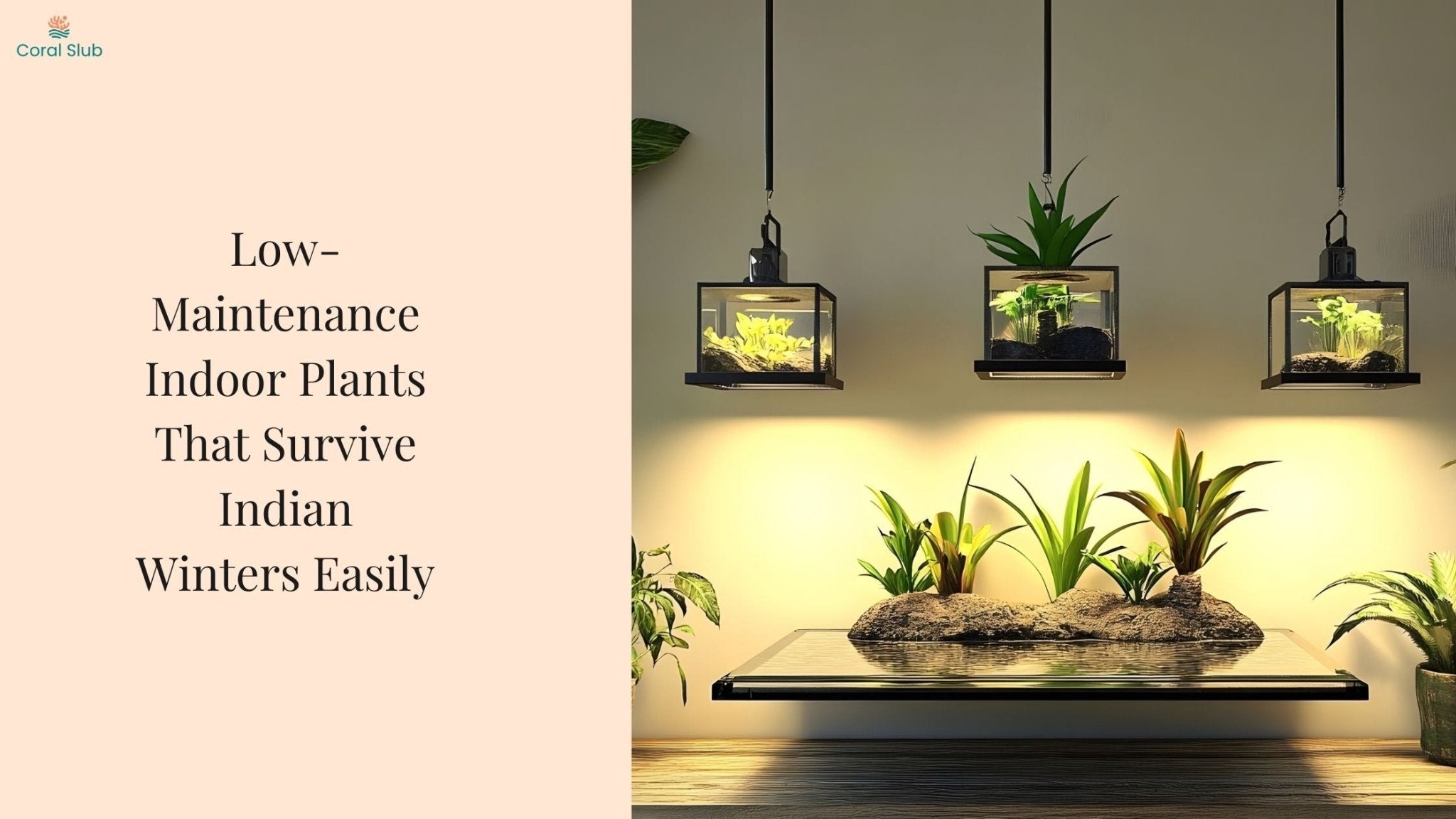How can I make my home stylish and safe for young children?
The key to child-safe home decor is creating a space that balances safety with aesthetics. By making thoughtful design choices such as rounded furniture edges, soft textiles, and non-toxic materials, you can ensure your home remains both functional and family-friendly as your children grow.
Why Child-Safe Decor Matters in Indian Homes

As families expand, homes must adapt. Traditional Indian households often feature hard furniture edges, delicate decor, breakable objects, and open layouts that are not always ideal for young children. When toddlers begin crawling, walking, and exploring, the risks around sharp corners, slippery floors, and accessible decor increase significantly.
Creating a child-safe environment does not mean giving up on style. In fact, with a few changes, you can design a warm, visually pleasing space that supports your lifestyle and protects your children.
Choose Rounded or Upholstered Furniture

Furniture with sharp corners poses a major hazard to toddlers learning to walk. Opt for rounded-edge tables, poufs, or ottomans instead of hard-edged coffee tables. Upholstered furniture such as cushioned benches or padded sofas not only adds softness to your decor but also reduces the risk of injury during falls or bumps.
If replacing furniture is not immediately possible, consider installing corner guards or silicone bumpers on existing tables and beds.
Anchor All Tall Furniture and Shelves

Toddlers often pull themselves up using furniture, which can easily tip over if unsecured. Bookshelves, dressers, and cabinets should be anchored to the wall using anti-tip straps or brackets. For open shelving units, place heavier items on lower shelves and keep decorative objects out of reach.
Avoid glass-front cabinets in common areas where children play. Instead, choose solid wood or metal doors with smooth finishes that are less prone to shattering or causing cuts.
Use Soft and Washable Textiles
Soft furnishings act as a protective buffer throughout your home. Choose area rugs with anti-skid backing for living rooms or nurseries. Look for washable fabrics in sofas, curtains, and cushion covers, particularly ones that resist staining or are made with natural, non-toxic dyes.
Cotton and canvas are excellent materials for families. Coral Slub’s hand-block printed cushion covers, for example, are made from breathable cotton that is gentle on skin and easy to maintain, making them ideal for homes with children.
Prioritize Non-Toxic and Natural Materials

When decorating for a growing family, it is essential to reduce exposure to harsh chemicals. Choose furniture made from solid wood or certified plywood and avoid synthetic paints or finishes that release volatile organic compounds.
In soft furnishings, opt for organic cottons, natural dyes, and handmade textiles. Many artisanal products from Indian brands now prioritize eco-conscious processes, which are inherently safer for babies and toddlers.
Keep Decor Off the Floor

As your baby begins to crawl and explore, low-lying decor becomes accessible and potentially dangerous. Consider shifting floor vases, lanterns, or breakable sculptures to higher shelves or storage. Use wall-mounted decor, fabric wall hangings, or framed prints above eye level instead.
A smart alternative is to replace delicate decor with soft baskets or storage bins that are both functional and safe to bump into. These can also be used to store toys, throws, or cushions.
Incorporate Child-Friendly Zones in Every Room

Design your home in a way that encourages independence while maintaining safety. In the living room, dedicate a corner with floor cushions, a soft rug, and a toy basket. In bedrooms, use low shelves or open bins where children can access books or clothes on their own.
Avoid over-cluttering these areas with furniture or accessories. The more open and padded the space, the safer and more inviting it becomes for young children.
Common Mistakes to Avoid
Avoid hanging heavy wall decor above cribs or beds, as these may pose a hazard if they fall. Avoid rugs without anti-slip pads, as they increase the risk of falls. Stay away from long curtain cords, sharp decorative mirrors, or open electrical outlets at low height.
Also, skip scented candles, potpourri, or synthetic fragrances in areas where babies spend time. Instead, ventilate well and use indoor plants that are non-toxic and pet-safe.
Final Thoughts
Creating a child-safe home does not mean compromising on aesthetics. With small changes such as switching to washable textiles, securing furniture, and eliminating sharp edges, you can design a warm, secure environment for your growing family. Prioritizing natural materials and multi-functional decor allows your home to grow with your children while still reflecting your personal style.
With thoughtful planning and simple updates, every corner of your home can become a place where children can play, learn, and thrive in a safe and beautiful setting.









